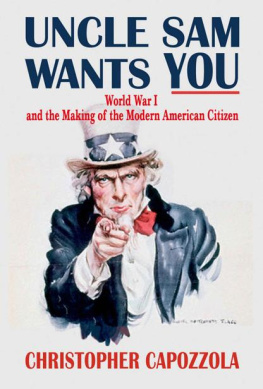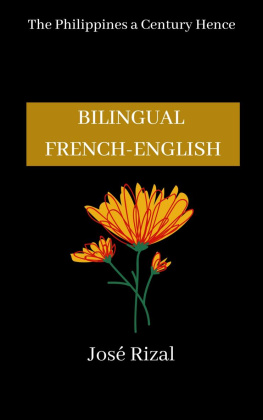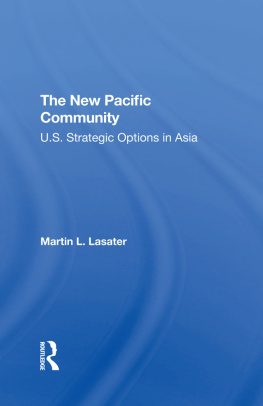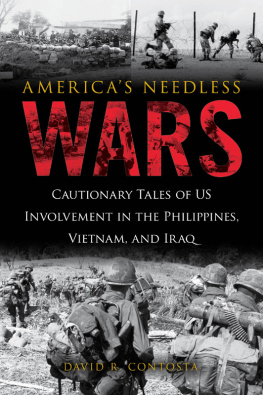Christopher Capozzola - Bound by War: How the United States and the Philippines Built Americas First Pacific Century
Here you can read online Christopher Capozzola - Bound by War: How the United States and the Philippines Built Americas First Pacific Century full text of the book (entire story) in english for free. Download pdf and epub, get meaning, cover and reviews about this ebook. year: 2020, publisher: Basic Books, genre: History. Description of the work, (preface) as well as reviews are available. Best literature library LitArk.com created for fans of good reading and offers a wide selection of genres:
Romance novel
Science fiction
Adventure
Detective
Science
History
Home and family
Prose
Art
Politics
Computer
Non-fiction
Religion
Business
Children
Humor
Choose a favorite category and find really read worthwhile books. Enjoy immersion in the world of imagination, feel the emotions of the characters or learn something new for yourself, make an fascinating discovery.

- Book:Bound by War: How the United States and the Philippines Built Americas First Pacific Century
- Author:
- Publisher:Basic Books
- Genre:
- Year:2020
- Rating:3 / 5
- Favourites:Add to favourites
- Your mark:
- 60
- 1
- 2
- 3
- 4
- 5
Bound by War: How the United States and the Philippines Built Americas First Pacific Century: summary, description and annotation
We offer to read an annotation, description, summary or preface (depends on what the author of the book "Bound by War: How the United States and the Philippines Built Americas First Pacific Century" wrote himself). If you haven't found the necessary information about the book — write in the comments, we will try to find it.
Bound by War: How the United States and the Philippines Built Americas First Pacific Century — read online for free the complete book (whole text) full work
Below is the text of the book, divided by pages. System saving the place of the last page read, allows you to conveniently read the book "Bound by War: How the United States and the Philippines Built Americas First Pacific Century" online for free, without having to search again every time where you left off. Put a bookmark, and you can go to the page where you finished reading at any time.
Font size:
Interval:
Bookmark:

Copyright 2020 by Christopher Capozzola
Cover design by Ann Kirchner
Cover images copyright Carl Mydans / The LIFE Picture Collection / Getty Images; Library of Congress, Geography and Map Division; AKaiser / Shutterstock.com; javarman / Shutterstock.com
Cover copyright 2020 by Hachette Book Group
Hachette Book Group supports the right to free expression and the value of copyright. The purpose of copyright is to encourage writers and artists to produce the creative works that enrich our culture.
The scanning, uploading, and distribution of this book without permission is a theft of the authors intellectual property. If you would like permission to use material from the book (other than for review purposes), please contact permissions@hbgusa.com. Thank you for your support of the authors rights.
Basic Books
Hachette Book Group
1290 Avenue of the Americas, New York, NY 10104
www.basicbooks.com
First Edition: May 2020
Published by Basic Books, an imprint of Perseus Books, LLC, a subsidiary of Hachette Book Group, Inc. The Basic Books name and logo is a trademark of the Hachette Book Group.
The Hachette Speakers Bureau provides a wide range of authors for speaking events. To find out more, go to www.hachettespeakersbureau.com or call (866) 376-6591.
The publisher is not responsible for websites (or their content) that are not owned by the publisher.
Portions of Chapters Four and Five previously appeared in The Philippines and the Politics of Anticipation, in Beyond Pearl Harbor: A Pacific History, edited by Beth Bailey and David Farber, published by the University Press of Kansas, 2019. www.kansaspress.ku.edu.
Library of Congress Cataloging-in-Publication Data
Names: Capozzola, Christopher, author.
Title: Bound by war : how the United States and the Philippines built Americas first Pacific century / Christopher Capozzola.
Other titles: How the United States and the Philippines built Americas first pacific century
Identifiers: LCCN 2019057160 | ISBN 9781541618275 (hardcover) | ISBN 9781541618268 (ebook)
Subjects: LCSH: United StatesMilitary relationsPhilippines. | PhilippinesMilitary relationsUnited States. | AmericansPhilippinesHistory20th century. | FilipinosUnited StatesHistory20th century. | PhilippinesHistory20th century.
Classification: LCC E183.8.P6 C36 2020 | DDC 355/.031095990973dc23
LC record available at https://lccn.loc.gov/2019057160
ISBNs: 978-1-5416-1827-5 (hardcover), 978-1-5416-1826-8 (ebook)
E3-20200616-JV-NF-ORI
Uncle Sam Wants You: World War I and the Making of the Modern American Citizen
F OR K EITH OB RIEN
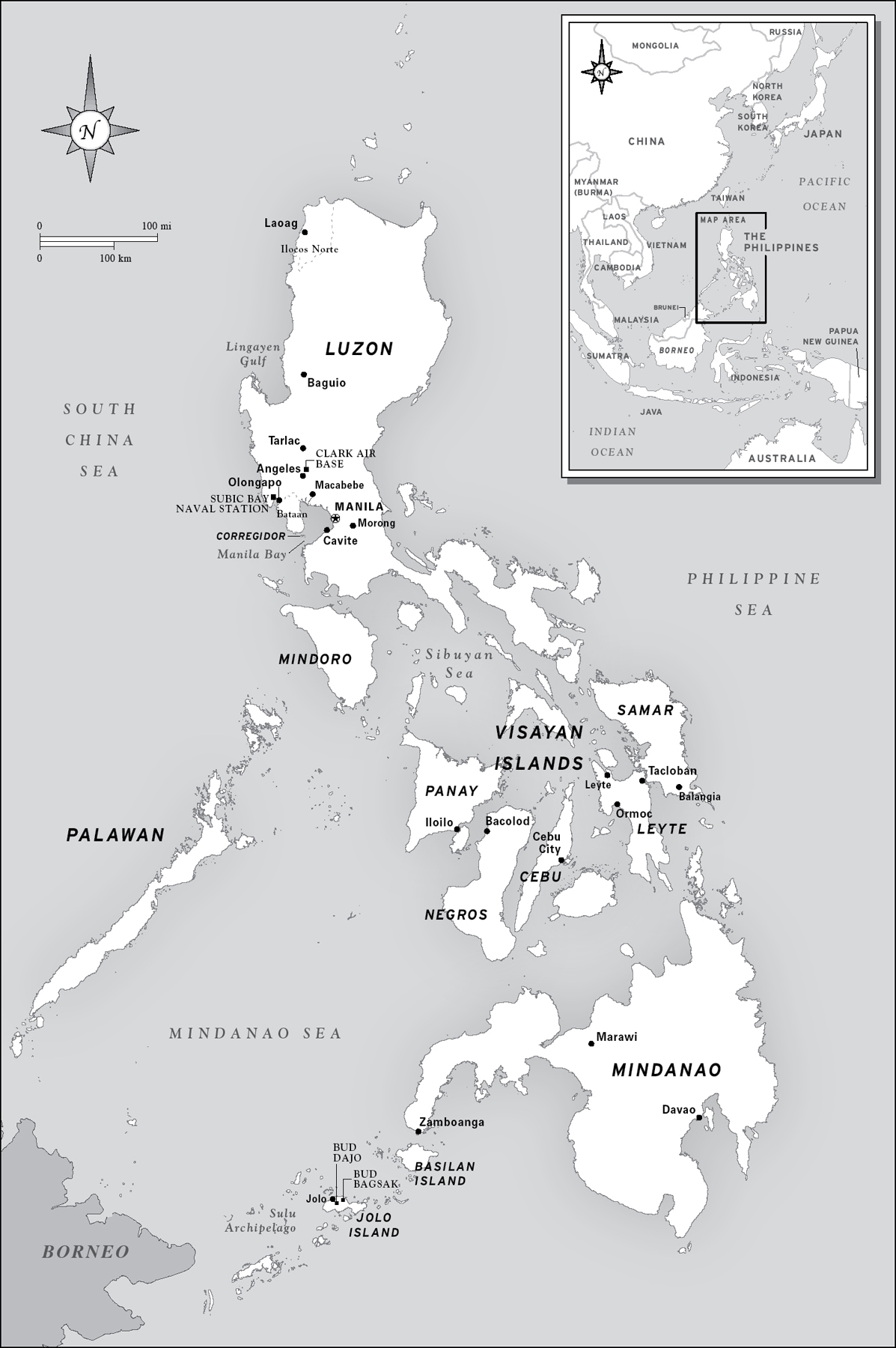
T HE M ANILA A MERICAN C EMETERY, LOCATED ON 152 ACRES just a few miles outside the Philippine capital, memorializes 36,285 soldiers and sailors who fought and died under the American flag somewhere in the Pacific during the Second World War. To enter here is somehow to leave the noise and pace of twenty-first-century Manila. The spacious grounds, maintained more carefully than a golf course, offer the citys freshest air and its greenest grass. From a hilltop near the former site of the US Armys Fort McKinley, the cemetery and its central memorial command remarkable views of the skyscrapers and apartment buildings of a booming Asian metropolis, rolling hills to the east, and the hazy sunsets over Manila Bay that cast shadows over the white marble gravestones. As a memorial to the sacrifices of war, the cemetery is altogether fitting and proper.
It is also, on most days, remarkably empty. The first time I visited, I was one of the only Americans there. The guestbook listed Australians, Indians, Japanese, several local residents enjoying the breezy Sunday afternoon, and just one other American: a woman from Burbank, California, with a typical Filipino surname. Perhaps she was a balikbayana returning migranthome for a visit and there to pay respects. Even in Manila, it is easy to overlook this place. Neighboring Fort McKinley is gone, turned over in 1949 to the Armed Forces of the Philippines, and more recently replaced in part by an upscale shopping center known simply as The Fort.
In the quiet moments that predominate on that Manila hilltop, the names of the dead tell a shared history of two nations bound by a century of war. As the stones attest, the US military has been in the Philippines for a long time, beginning in 1898 when America conquered the Spanish colony and annexed it to the United States, then in the years from 1898 to 1946 when the Philippines was a US colony, and in the decades since independence, when the Philippines has been an American ally in Asia.
Filipinos have been in the US armed forces for just as long. Beginning in 1899 and continuing to this day, hundreds of thousands of Filipinos and Filipino Americans have served under the American flag. The first were the Philippine Scouts, recruited into Uncle Sams service by US Army officers eager to defeat the Filipino independence struggle they referred to as the Philippine Insurrection. Over time, the Armys temporary tool of counterinsurgency became Americas permanent mode of colonial rule, and by the 1920s Philippine Scouts outnumbered US soldiers in the territory. In the years between the two world wars, thousands of Filipinos joined the US Navy, some enlisting in the Philippines, others in the United States, nearly all of them restricted to bottom-rung positions as cooks and stewards. The Second World War called up hundreds of thousands more. About 7,000 Filipino migrants in the United States joined the US Armys First and Second Filipino Regiments; more than 120,000 served in the ranks of the doomed Philippine Army that met the invading Japanese force in 1942; at least 70,000 men and women fought in the guerrilla movements that battled Japanese occupation. The walls of the Manila American Cemetery include some of these names.
The memorial does a better job of recording Filipinos wartime service than most history books do. Walking down the east colonnade devoted to the US Army, it is hard to miss the overwhelming number of Philippine Scouts recorded therewhole columns filled with names such as Gonzales or Torres or Velasco. Across the way, on the colonnade that honors the US Navy, the names and ratings of the missing and dead tell the same story of service and sacrifice: Stewards Mate Second Class, Mess Attendant, Water Tender, Cook. These men, too, went down with the ship, from the morning of December 7, 1941, to the summer of 1945. Some 64,000 of the 76,000 prisoners on the Bataan Death March were Filipinos who served under the American flag. Yet most of those men waited until 2009 to receive equitable veterans benefits from the US government. But what were they doing in the US armed forces in the first place? And why did they wait so long?
We know the story of one of them, a man by the name of Pastor Amarillento. In December 1991, newly arrived in San Francisco from the Philippines, he walked proudly out of the citys federal courthouse with his US naturalization certificate in hand. The seventy-four-year-old Amarillento had become a US citizen under the provisions of a 1990 law extending citizenship to veterans of the Philippine Army who, like him, had fought for the United States during World War II. He bought a bus ticket to Los Angeles, where he planned to stay with his cousin. On the way to Los Angeles, a pickpocket stole Amarillentos last two hundred dollars. He tried to find his cousin, only to be told by a cab driver that her address was fifty miles away in Orange County. The sun was setting, and then it was gone, and Pastor Amarillento spent the night in a park in the City of Angels. And the next. And the next. Only then did he find his way to the Filipino-American Service Group, a shelter in Filipinotown just west of downtown, where a Christmas party was under way. Amarillento was a veteran, a sergeant
Font size:
Interval:
Bookmark:
Similar books «Bound by War: How the United States and the Philippines Built Americas First Pacific Century»
Look at similar books to Bound by War: How the United States and the Philippines Built Americas First Pacific Century. We have selected literature similar in name and meaning in the hope of providing readers with more options to find new, interesting, not yet read works.
Discussion, reviews of the book Bound by War: How the United States and the Philippines Built Americas First Pacific Century and just readers' own opinions. Leave your comments, write what you think about the work, its meaning or the main characters. Specify what exactly you liked and what you didn't like, and why you think so.

